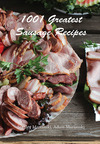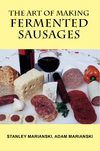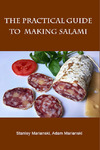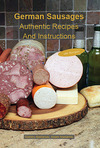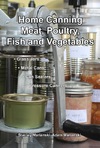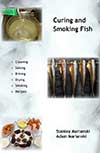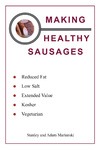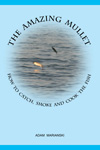Meats and Sausages
Ground or Chopped Meat
Bear, beef, lamb, pork, sausage, veal, venison.
- Procedure:
- Choose fresh, chilled meat. For venison, add one part high-quality pork fat to three or four parts venison before grinding. Season freshly made sausage with salt and cayenne pepper (sage may cause a bitter off-flavor).
Hot Pack - shape chopped meat into patties or balls or cut cased sausage into 3 to 4 inch links. Cook until lightly browned. Ground meat may be sauteed without shaping. Remove excess fat. Fill hot jars with pieces. Add boiling meat broth, tomato juice, or water, leaving 1 inch headspace. Remove air bubbles, adjust headspace if needed. Add 1 teaspoon of salt per quart, 1/2 teaspoon per pint, if desired. Wipe rims of jars with a dampened clean paper towel. Adjust lids and process.
| Ground or Chopped Meat in Glass Jars | ||||
|---|---|---|---|---|
| Style of Pack | Jar Size | Process Time | Canner Pressure at "0" ft | |
| dial-gauge | weighted-gauge | |||
| Hot | Pints | 75 min | 11 lb | 10 lb |
| Quarts | 90 min | 11 lb | 10 lb | |
For processing at above 1,000 ft, see Altitude Adjustments.
| Ground or Chopped Meat in Cans | ||||
|---|---|---|---|---|
| Style of Pack | Can Size | Process Time | Canner Pressure at "0" ft | |
| dial-gauge | weighted-gauge | |||
| Hot | 2 | 65 min | 11 lb | 10 lb |
| 2.5 and 3 | 90 min | |||
| Raw* | 2 | 100 min | ||
| 2.5 and 3 | 135 min | |||
For processing at above 1,000 ft, see Altitude Adjustments.
* Raw pack is suitable only for cans. It is difficult to remove ground meat out of glass jars when packed this way.
Raw Pack - without forming cakes, pack raw ground meat solidly into cans level with top. Place cans in a pot with water about 2 inches below can rim. Exhaust (cook) at slow boil until meat registers 170° F, 77° C. Press meat down into cans leaving 1/2 inch headspace. Seal and process at once.



